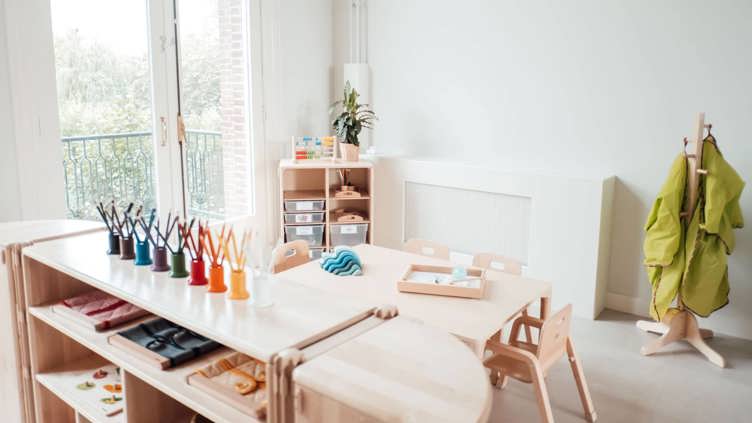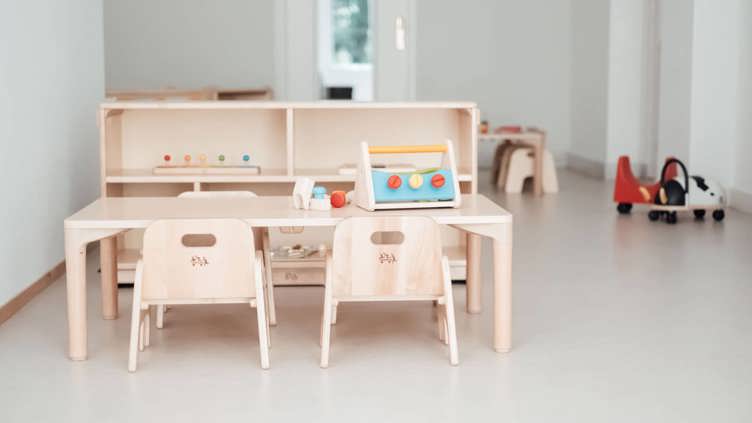Infants have their own groups at our locations as this helps our childcare staff respond effectively to their needs. How do we do this? We listen very carefully to them, but we also align our location interior and play equipment to their needs.
Infants like collecting things, which is why we offer lots of opportunities to place things in baskets in the infant group. This is one of the ways our interior meets your child’s developmental needs. We never offer too many different items of play equipment at the same time in an infant group. This enables the infants to really focus on play and it’s less distracting for them.
Smaller groups create calm
We regularly split our infant groups into smaller groups, so we can better align the activities to the different developmental levels within the group. This also creates a sense of calm during the activity itself.



